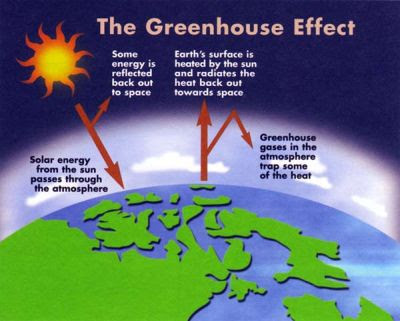Ecological Internet welcomes the emerging science published today in "Nature" indicating tropical trees in undisturbed forest are absorbing nearly a fifth of the CO2 released by burning fossil fuels.This is in addition to the long-term carbon sequestered within old trees' wood and soils. This is the most recent of several major scientific studies indicating the need to fully protect all remaining primary and old growth forests as a keystone response to global climate, biodiversity and water crises.
"This is huge -- not only do ancient rainforest's reliably store massive amounts of carbon, as we have known for sometime, but they continue to remove enormous amounts of carbon every day they remain standing and are non-degraded. The study partially solves the mystery of where human carbon pollution has been going, and in so doing supports the need for avoided deforestation payments," said Dr. Glen Barry, Ecological Internet's President.
It was found that remaining tropical forests remove a massive 4.8 billion tonnes of CO2 emissions from the atmosphere each year. This includes a previously unknown carbon sink in Africa, which mops up 1.2 billion tonnes of CO2 a year. Over the past 40 years, each hectare of intact African forest was found to have annually trapped an extra 0.6 tonnes of carbon. This builds upon last year's studies that found old-growth forests are "carbon sinks" and continually absorb carbon dioxide, and that their first time logging releases 40 percent of their carbon
"We are receiving a free subsidy from nature," says Dr. Simon Lewis, a Royal Society research fellow at the University of Leeds, and the lead author of the paper. "Tropical forest trees are absorbing about 18% of the CO2 added to the atmosphere each year from burning fossil fuels, substantially buffering the rate of climate change."
Dr. Lee White, co-author on the study, said "to get an idea of the value of the sink, the removal of nearly 5 billion tonnes of carbon dioxide from the atmosphere by intact tropical forests, based on realistic prices for a tonne of carbon, should be valued at around £13 billion ($USD 18.7 billlion) per year. This is a compelling argument for conserving tropical forests."
The findings critically demolish claims by groups as diverse as the Forest Stewardship Council (FSC), World Bank, Rainforest Action Network (RAN), Greenpeace and WWF that "well-managed, responsible and low-impact" logging in the world's dwindling ancient forests can ever have environmental benefits. Over the past two years, each has been the target of Ecological Internet's campaign to end old growth forest logging, which is "certified" by FSC as being "green".
Late last year RAN agreed to review their long-time support for first time industrial logging of ancient forests. When Lafcadio Cortesi, RAN's new rainforest campaigner, was asked to comment upon the Nature report, he replied it is a "bit of a stretch and certainly premature to link. the nature paper findings with RAN and the FSC." He refused to answer the question "how does logging 500 year old ancient trees protect rainforests and the climate," continuing two years of RAN stonewalling on the most basic of questions regarding their support for FSC ancient forest logging.
EI President, Dr. Glen Barry, said "the science has never been clearer: global ecological sustainability depends critically upon protecting and restoring old forests. How much longer can RAN and the world dither? Our demand of RAN remains the same: either use your membership to get FSC to eliminate their sourcing of certified timbers from ancient forests, or resign immediately from FSC in protest."
"Sadly, our campaign resumes after failure by RAN to keep their earlier promises. We call upon RAN members to resign, and their funders to stop their support, in protest of America's leading rainforest group supporting -- against a growing body of ecological science -- first time industrial destruction of primeval forests. EI will be taking further protest action at a place and time of our choosing."










